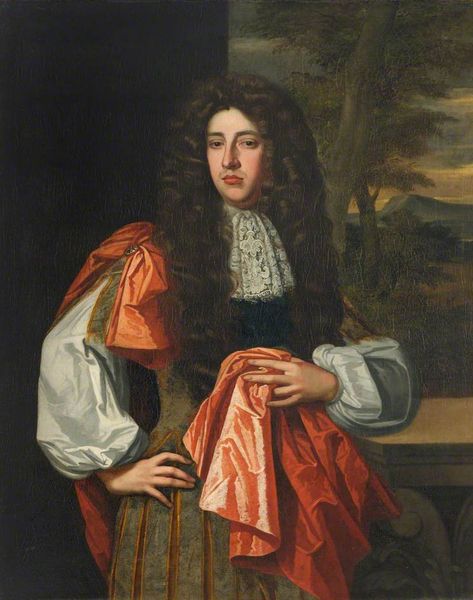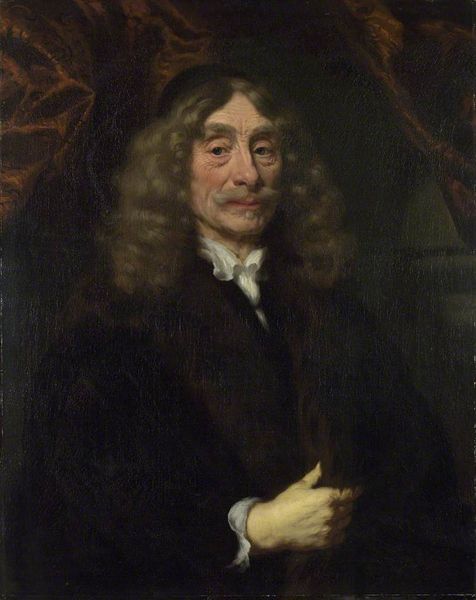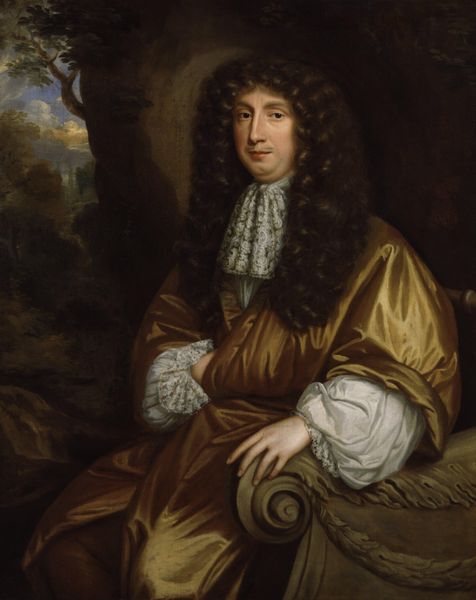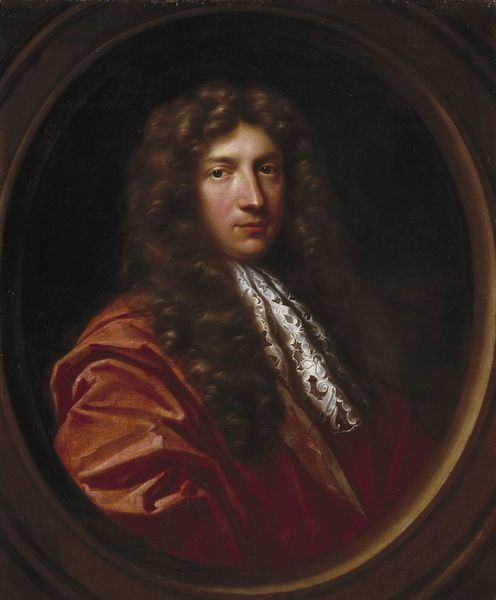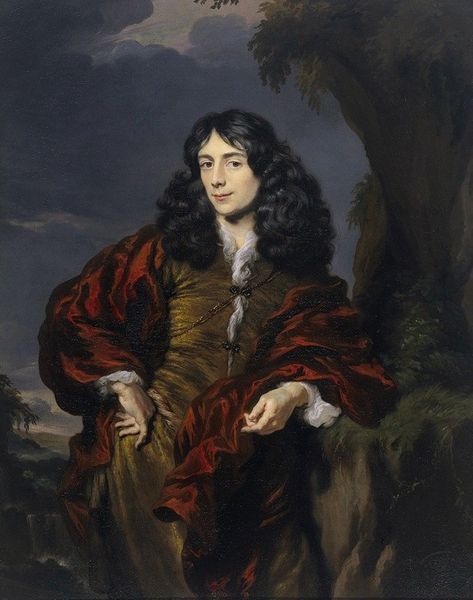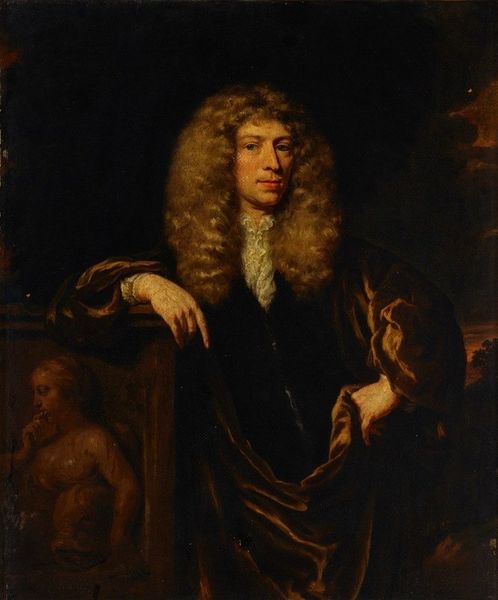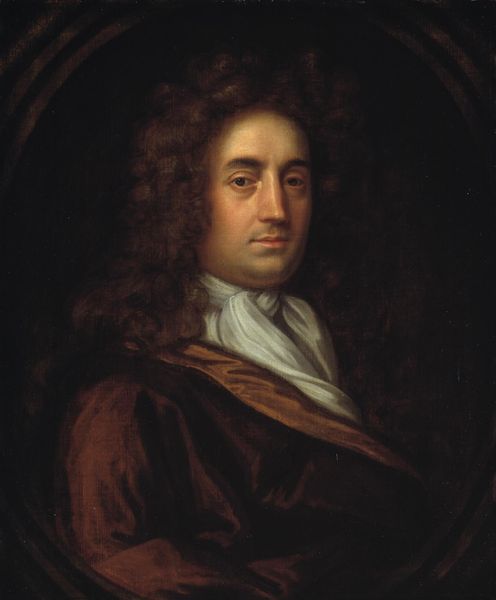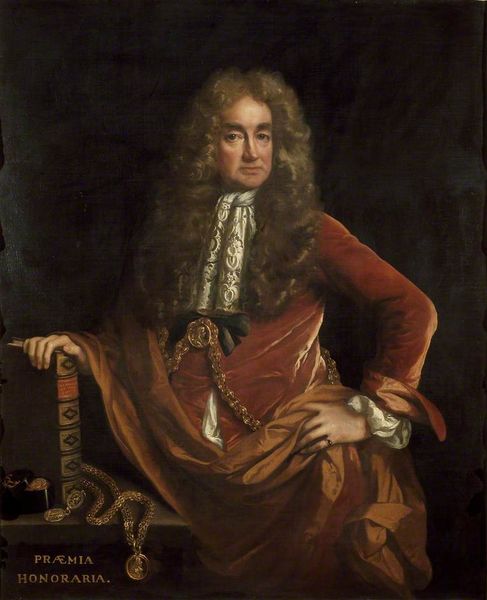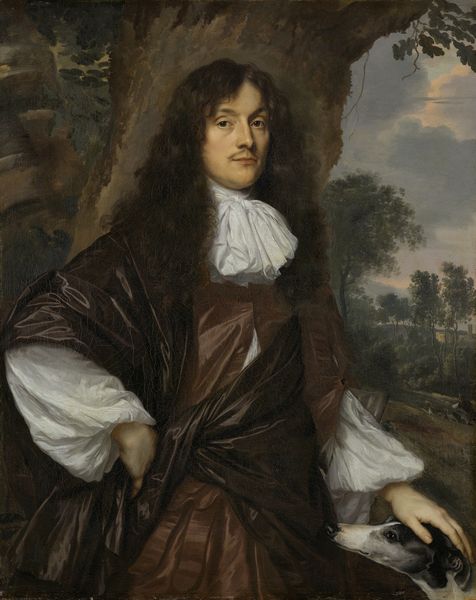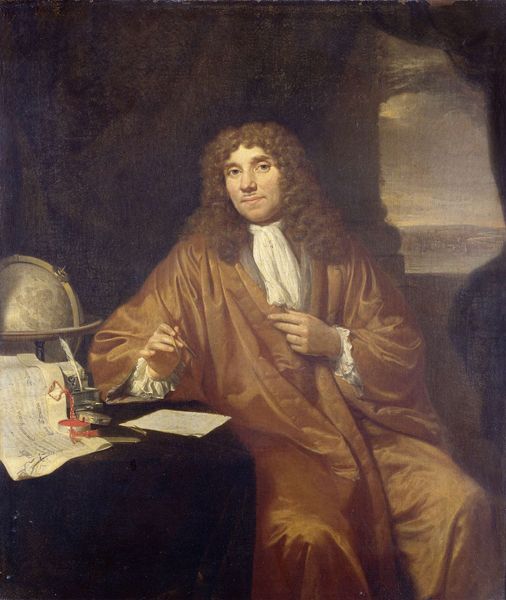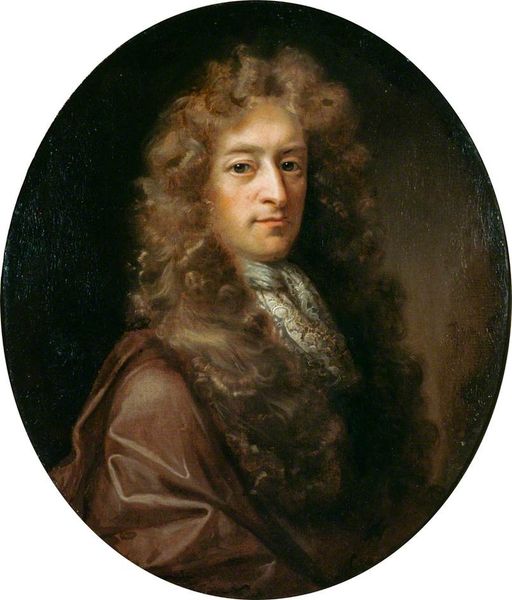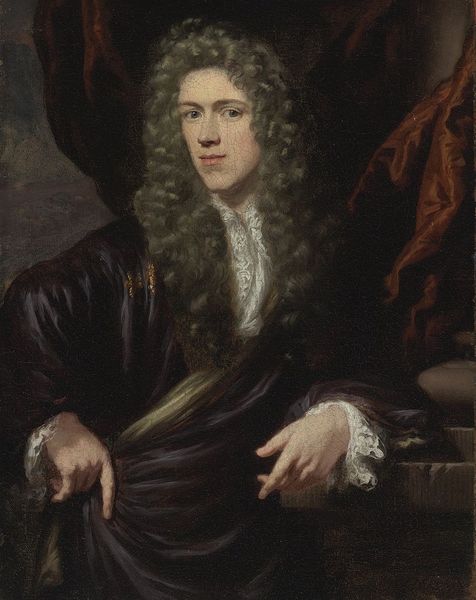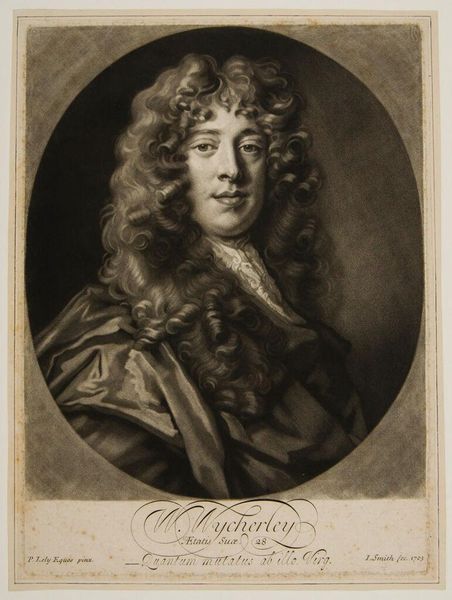
painting, oil-paint
#
portrait
#
baroque
#
painting
#
oil-paint
#
realism
Copyright: Public domain
Curator: Here we have Nicolaes Maes' "Portrait of a Man in a Black Wig," dating back to 1680. Painted in oil, it epitomizes Baroque portraiture. What's your immediate take on this gentleman? Editor: My first impression is the weight of symbolism – the wig itself, of course, is so heavily evocative. And the soft focus adds a touch of dreaminess, as if looking at a carefully constructed image of status and perhaps... yearning? Curator: Precisely! Wigs, at the time, were potent symbols of status and authority, adopted from French court culture. What intrigues me is how Maes engages with the performative aspect of societal roles during this era. This portrait isn't simply documenting someone; it's showcasing how he wanted to be seen and remembered. Editor: The gaze, too. It lacks a certain commanding confidence; there's almost a melancholic undertone. The wispy lace at his throat—delicate and slightly undone—hints at something beyond pure formality, no? Is it rebellion, world-weariness, or something else entirely? Curator: Interesting. This gets to the heart of understanding art within its socio-historical context. During this time, especially among the rising merchant class, emulating aristocratic display became a means of solidifying their own position. The wig, the expensive fabrics of his coat, all scream aspiration. Yet the artist maybe hinting about that artificial status, in its effects of alienation. Editor: And alienation has a lasting power as a cultural memory and marker! Looking closer, his hand is also subtly placed and clasped to imply composure—or control. It all feels consciously arranged. Is it about inner doubt? Curator: Could be! It highlights the complicated performance inherent in portraiture, really. Maes navigates this tension skillfully, making this portrait about more than mere likeness; it offers an insight into the man and the culture that shaped him. Editor: It leaves me pondering what image we're trying to craft today! It is an invitation for future interpreters, maybe. Curator: Indeed, a testament to how the past continues to resonate through art. The dialogue is ongoing.
Comments
No comments
Be the first to comment and join the conversation on the ultimate creative platform.
